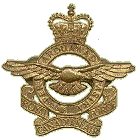PHOTO GALERY PART I IN COLLAGE FORMAT
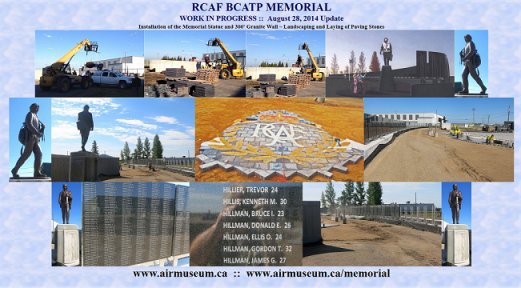
Click for full-screen collage

EVENTS PLANNED FOR OUR
RCAF WWII MEMORIAL UNVEILING
Sept. 10, 2014
.
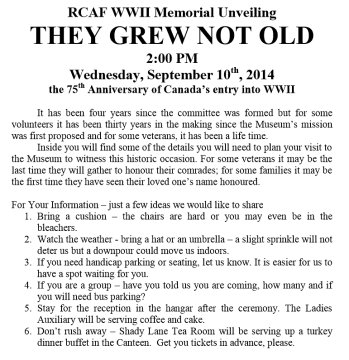 .
.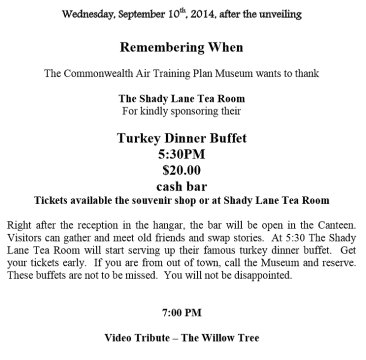
 .
.
Click on each of the above images for a full-screen view
WORLD WAR II: 75th ANNIVERSARY
Ref: CNN
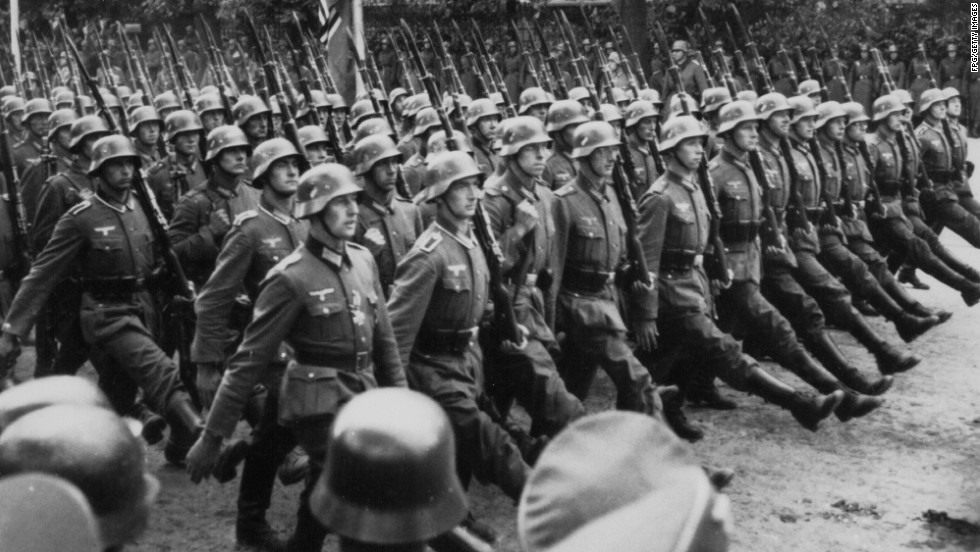
German troops march through occupied Warsaw, Poland, during World
War II, circa 1939.
September 1 marks the 75th anniversary of the start of World War
II.
In 1939, Germany invaded Poland. Denmark, Luxembourg, the Netherlands,
Norway and Belgium soon came under German control,
and when France fell less than a year later, Britain was the only
nation left in Western Europe to oppose Adolf Hitler's Third Reich.
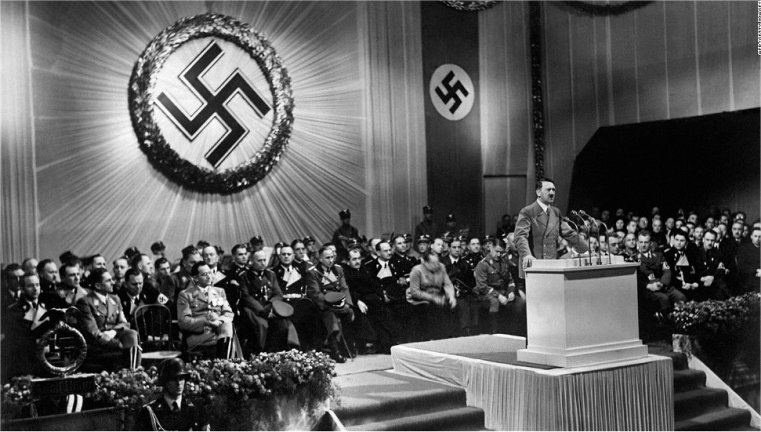
A 1939 photo shows German Chancellor Adolf Hitler speaking to Nazi
officials.
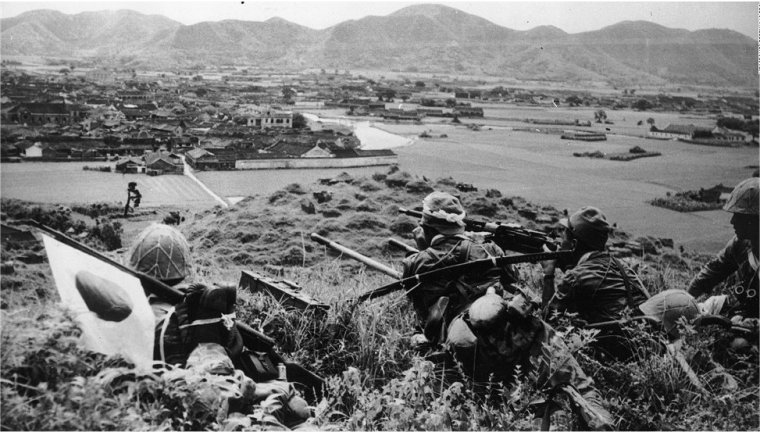
In Asia, Japanese troops occupy a strategic point on Chusan Island
on July 14,1939, during the Sino-Japanese War.
Japan signed the Tripartite Pact in 1940, formally allying with
Germany and Italy,
and by 1942 most of the Asian Pacific Rim had come under its domination.
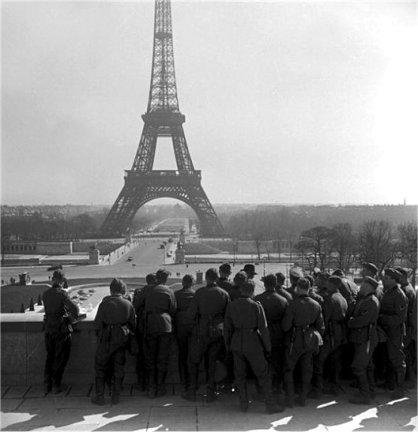
German soldiers on the Esplanade du Trocadero view the Eiffel Tower
in Paris during the German occupation, circa 1940.
In June 1940, German troops marched into Paris, forcing the French
government to surrender.
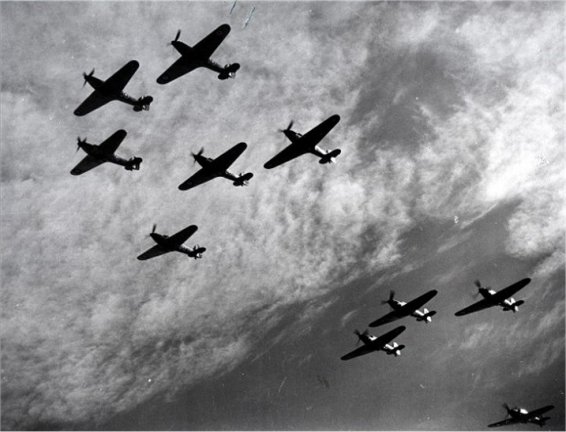
British Hawker Hurricanes fly in formation during the Battle of
Britain in 1940.
The planes were a first line of defense against German bombers attacking
England.
The battle, fought between July 10 and October 31, 1940, was the
first major battle to be won in the air.
The Royal Air Force's victory thwarted Hitler's plans for invading
Britain.
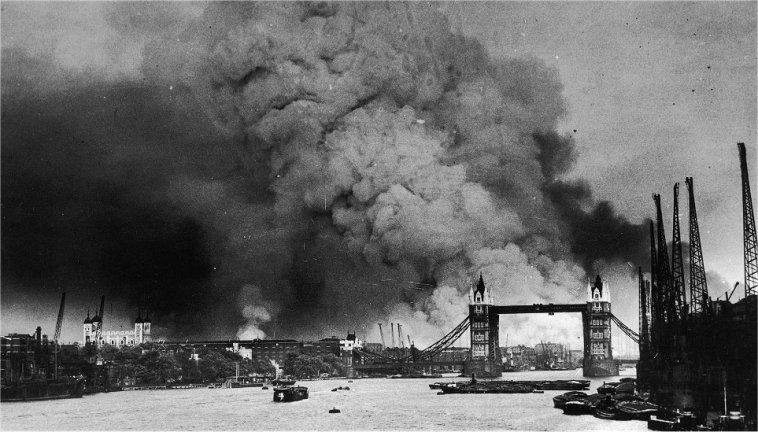
Smoke rises behind Tower Bridge during the first mass daylight attack
in London on September 7, 1940.
The nightly German air raids over London became known as the Blitz.
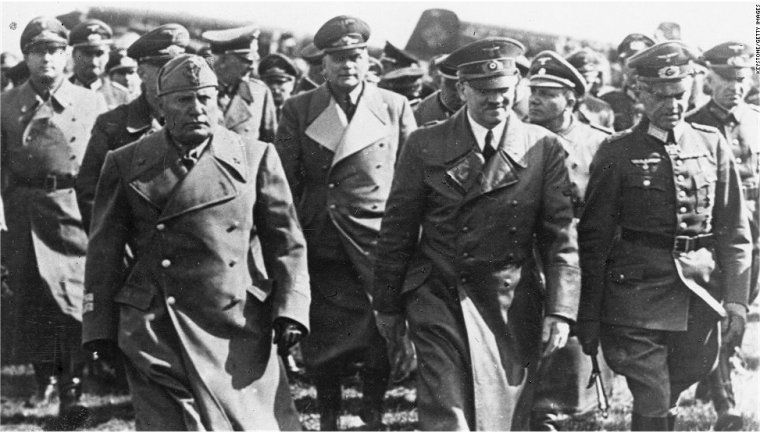
Italian dictator Benito Mussolini, left, with Hitler, center, and
other leading Nazis, visits Germany during the war.
Italy and Germany formed an alliance before the outbreak of war,
but Italy remained a non-belligerent until June 10, 1940,
when it declared war on Britain and France. Fighting spread to Greece
and North Africa.
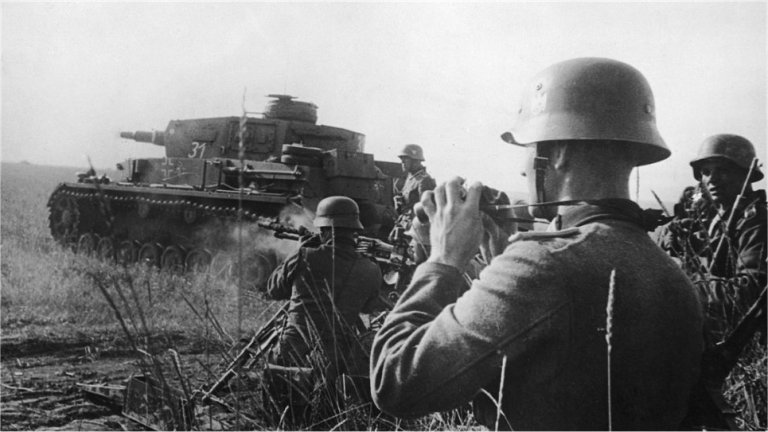
German tanks and infantry attack Soviet positions on the eastern
front.
On June 22, 1941, Germany broke its Non-Aggression Pact with the
Soviet Union, launching the bloodiest theater of the war.
Though the estimates vary greatly, Russia suffered the most war
casualties of any nation in World War II
-- as many as 13.8 million military deaths.
Estimates of civilian deaths from military action, crimes against
humanity, starvation and disease are as high as 9 million.
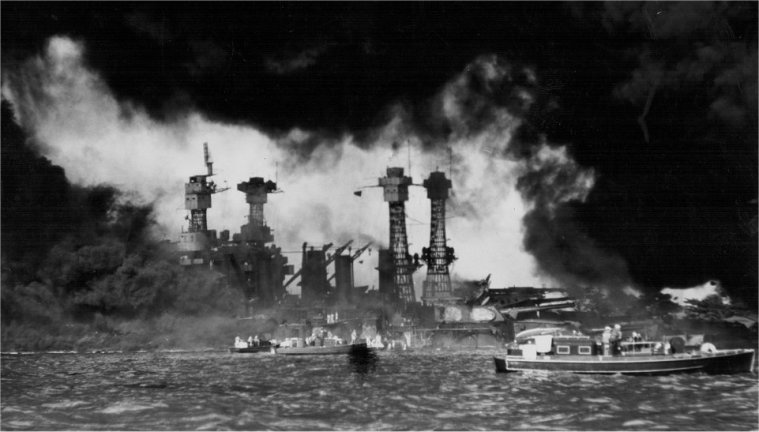
A view of U.S. ships in Pearl Harbor, Hawaii, after the Japanese
attack on December 7, 1941.
The USS Virginia and USS Tennessee are in the foreground.
The attack destroyed more than half the fleet of aircraft and damaged
eight battleships.
Japan also attacked Clark and Iba airfields in the Philippines,
destroying more than half the U.S. Army's aircraft there.
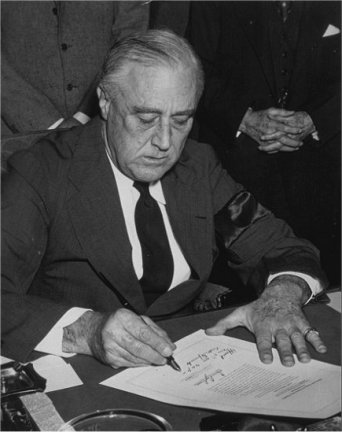
U.S. President Franklin D. Roosevelt signs the declaration of war
against Japan on December 8, 1941.
After it was signed, the two other Axis powers, Italy and Germany,
immediately declared war on the United States.
On December 11, Roosevelt signed the U.S. declarations of war against
Germany and Italy.
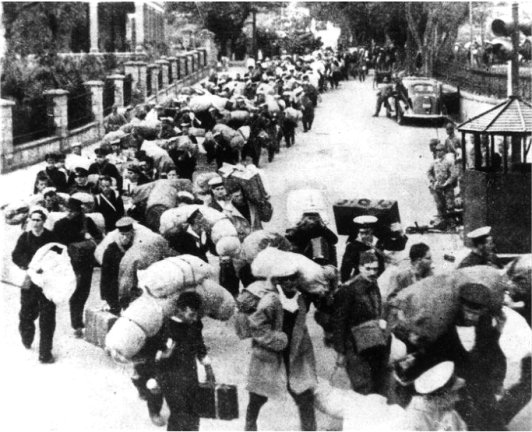
British prisoners of war leave Hong Kong for a Japanese prison camp
in December 1941.
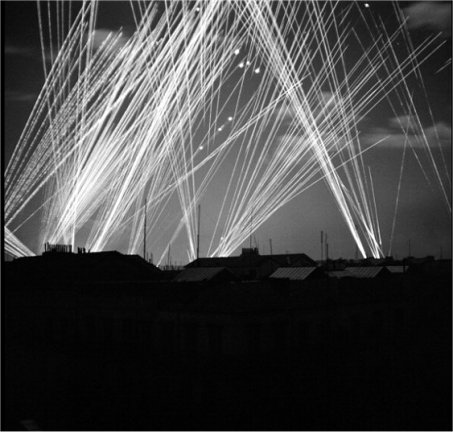
Anti-aircraft fire glows over Algiers during a night raid on November
23, 1942.
In 1942, the Allies stopped the Axis advance in North Africa and
the Soviet Union.
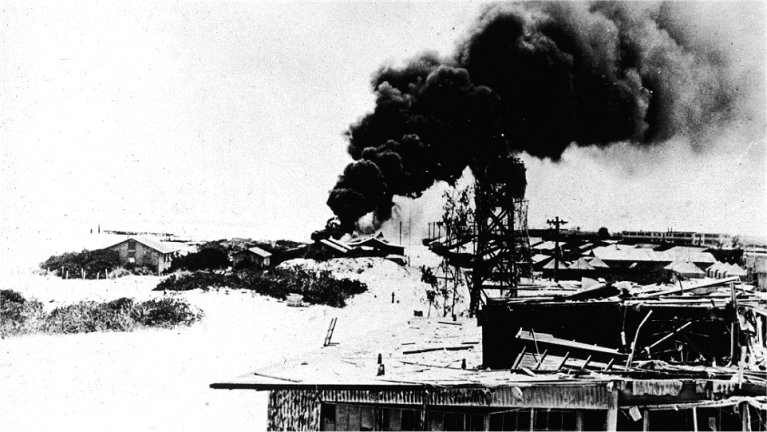
Black smoke rises from demolished buildings after Japanese air forces
attacked the U.S. Navy base
on Midway Atoll during the Battle of Midway in June 1942.
The four-day battle became a major victory for the U.S. Navy,
which sunk three Japanese aircraft carriers, and it marked a major
turning point in the war in the Pacific.
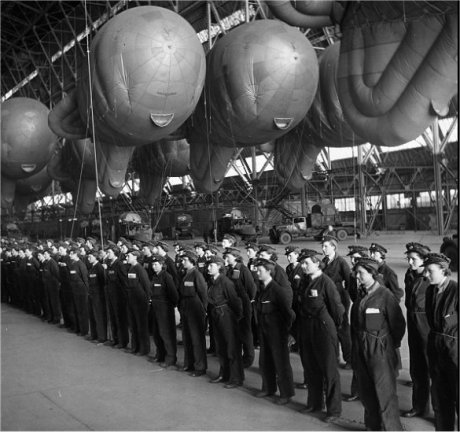
Balloon operators from Britain's Women's Auxiliary Air Force, or
WAAF,
report for inspection in a hangar used to store balloons, at a facility
in the UK. During World War II,
women played a significant role in the war effort.
They took jobs in "defense plants and volunteered for war-related
organizations,
in addition to managing their households," according to the World
War II museum in New Orleans.
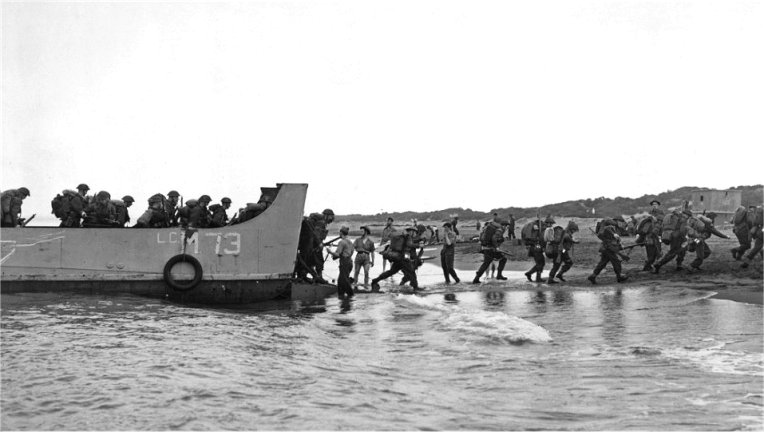
British troops land near Algiers during Operation Torch in November
1942.
Operation Torch was the British-American invasion of Vichy-held
French North Africa,
and marked the first major action by the Western allies against
the German army.
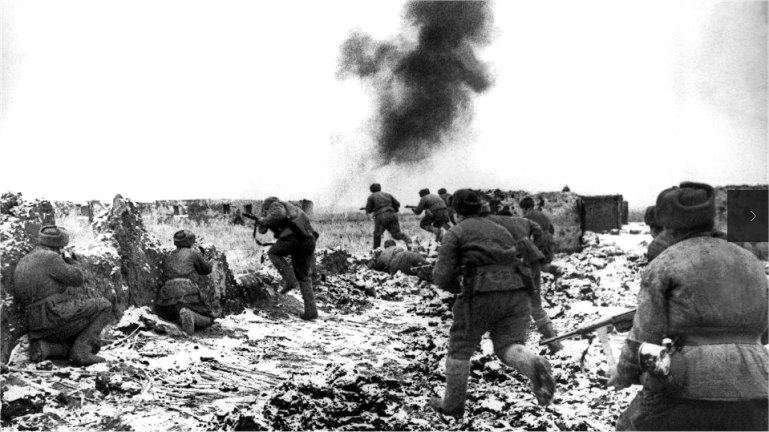
Soviet soldiers advance against the German army during the Battle
of Stalingrad.
The battle for the city in on the Volga River (present-day Volgograd)
was a major defeat for Germany and a turning point in the war.
They lasted more than five months, ending in February 1943, at the
cost of at least 160,000 German soldiers killed or captured.
However, even conservative estimates of Russian casualties are much
higher.
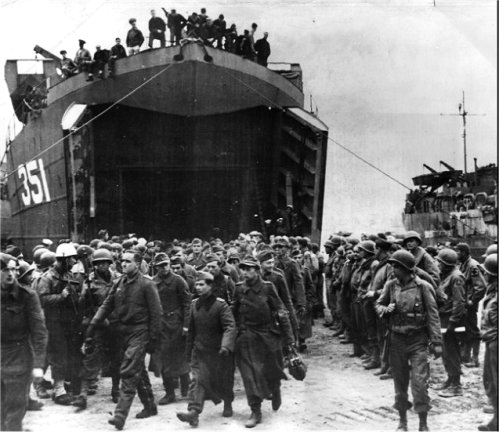
German prisoners captured at the beachhead of Anzio leave a landing
craft on their way to a prison camp in 1944.
The amphibious landing and ensuing battle helped Allied forces break
a months-long stalemate south of Rome and ultimately defeat the Germans
in Italy.
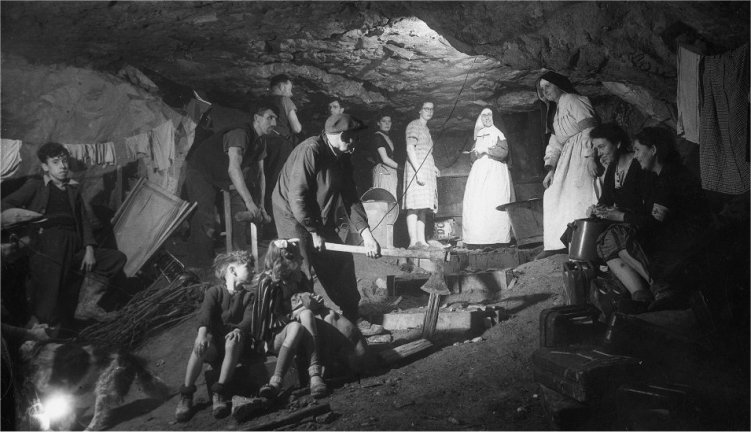
French refugees live in a quarry near Fleury sur Orne.
During the bombing in that area, 20,000 refugees lived in the quarries.
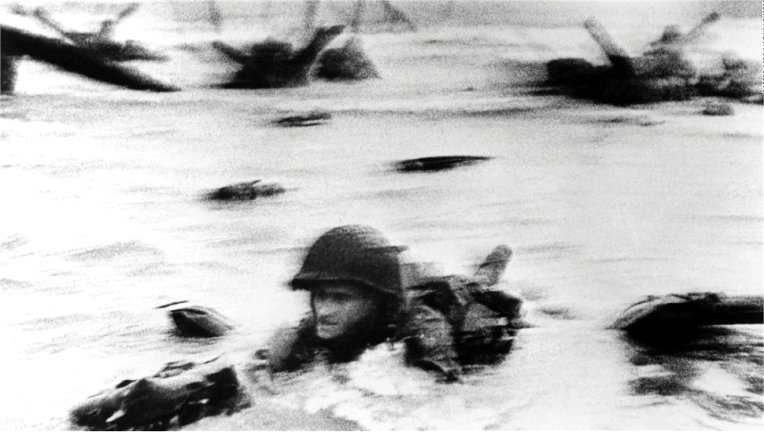
U.S. troops assault Omaha Beach during the invasion of Normandy
on June 6, 1944. D-Day,
in which Allied forces landed on five beaches -- Utah, Omaha, Juno,
Gold and Sword -- marked the beginning of a Western front in the European
Theater.
The landing included over 5,000 ships, 11,000 airplanes and 150,000
soldiers.
More than 35,000 Allied troops were killed during the Normandy Campaign,
which lasted till the end of August 1944.
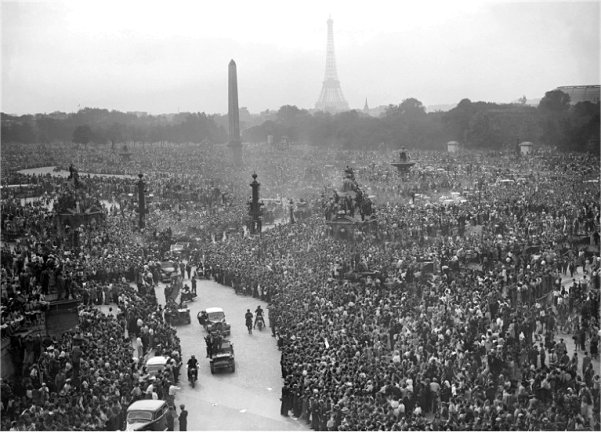
A crowd gathers to cheer Gen. Charles de Gaulle at the Place de
la Concorde on August 26, 1944, a day after the liberation of Paris.

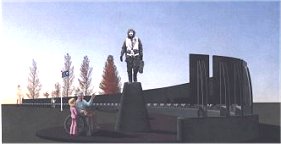
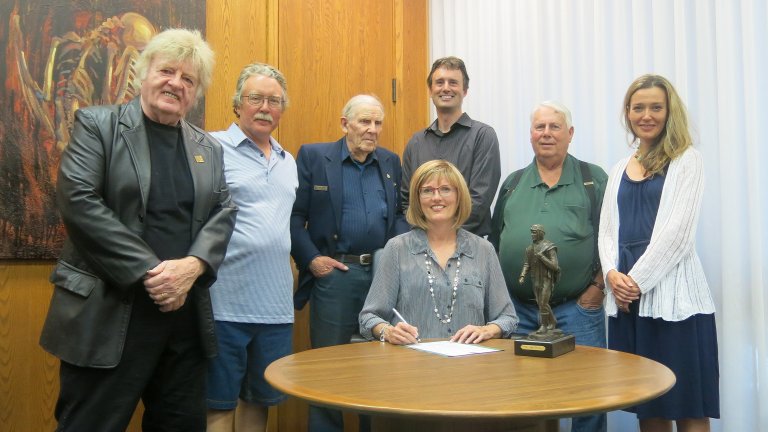
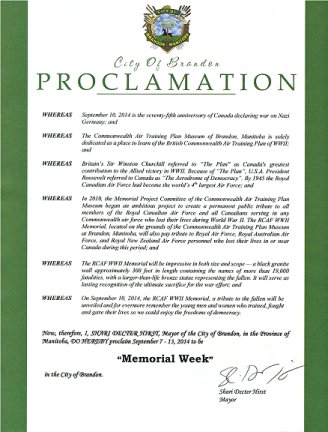
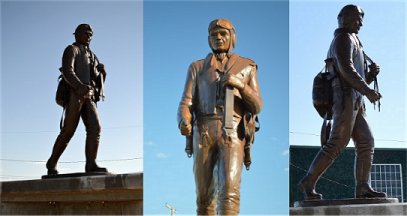

























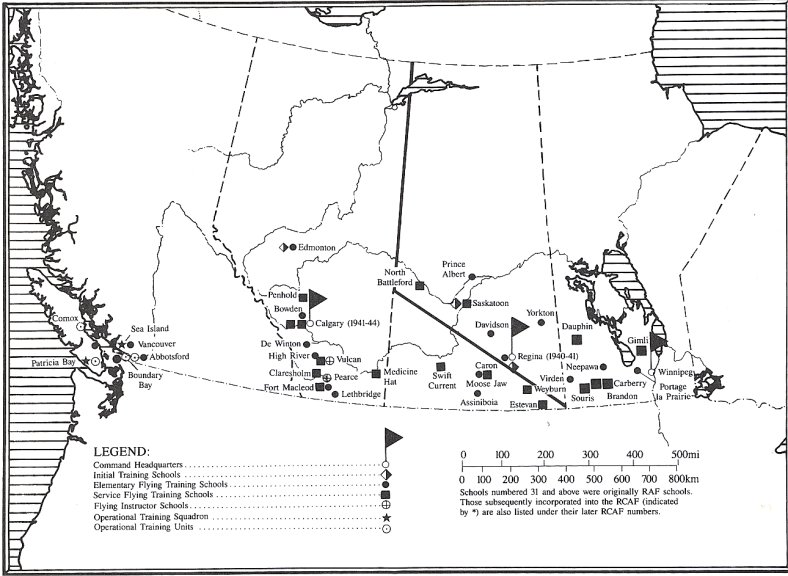
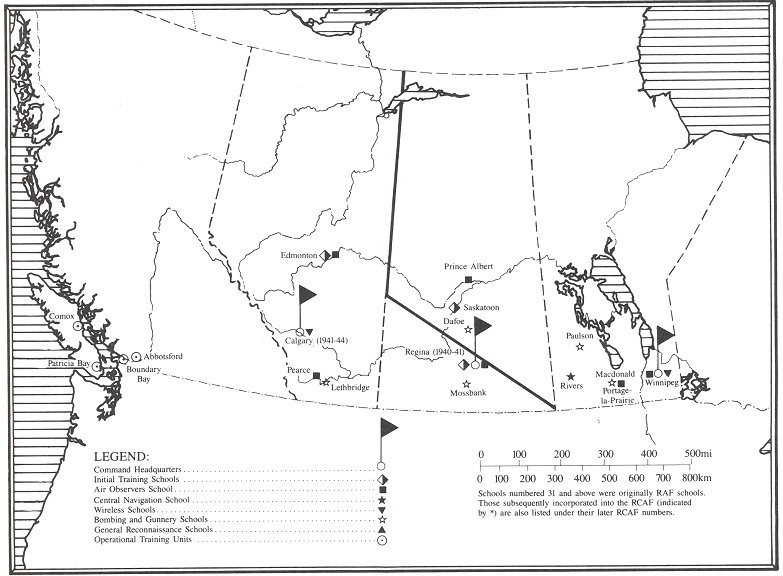
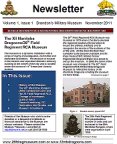
 .
.